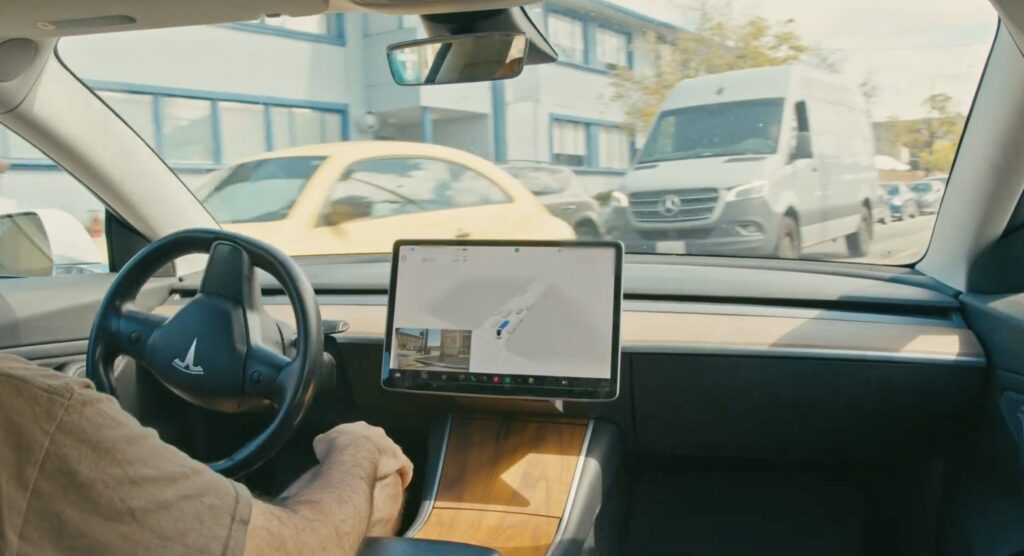Tesla Director of Autopilot Software Ashok Elluswamy recently provided some insights behind the release of Full Self-Driving (FSD) V12.5 to Hardware 3 vehicles. As per the Tesla executive, the company was able to achieve similar performance as Hardware 4 vehicles running FSD V12.5 using a smaller model for HW3.
The release of FSD V12.5 to HW3 vehicles has long been anticipated by Tesla owners. Initially, Elon Musk noted in a post on X that HW3 vehicles should receive FSD V12.5 about ten days after the update was rolled out to HW4 vehicles. Musk’s estimate proved optimistic, resulting in quite a bit of frustration among owners of HW3 Teslas.
As noted by Tesla software update tracker Not a Tesla App, speculations were high that software update 2024.26.15 would include FSD V12.5.1.4 support for Hardware 3 vehicles. Sure enough, the software tracker confirmed later that HW3 vehicles were indeed running FSD V12.5 after they received update 2024.26.15.
We were able to achieve similar performance as the AI4 12.5 release with a relatively smaller model for AI3. Deploying the larger model requires us to implement a few kernels in the compiler to emulate the same operations that are natively supported on the AI4 hardware. The team…
— Ashok Elluswamy (@aelluswamy) August 21, 2024
The release of FSD V12.5 to HW3 vehicles was welcomed warmly by the Tesla community, with many thanking the EV maker for keeping its older fleet fully supported with the latest FSD systems. Amidst social media conversations about the update, the Autopilot Director noted that Tesla could probably run the same FSD V12.5 model on both HW3 and HW4 platforms in the future.
“We were able to achieve similar performance as the AI4 12.5 release with a relatively smaller model for AI3. Deploying the larger model requires us to implement a few kernels in the compiler to emulate the same operations that are natively supported on the AI4 hardware. The team is actively working on implementing and verifying those operations. Combined with other model compression techniques, we think we can run the same 12.5 model on both the hardware platforms in the future.
“That said, model parameter count is just one of the many axes of performance improvement. Dataset distribution, dataset quality, model architecture, training compute, etc., also have tremendous impact on the final performance,” the Autopilot Director wrote in his post on X.
FSD plays a huge role in Tesla’s future, as the technology is expected to be the backbone of the upcoming Robotaxi program. Tesla has also been pushing FSD hard to customers, as highlighted by the recent rollout of the Drive Anywhere Package for the Model S and Model X, which includes access to FSD (Supervised), Free Supercharging, and Premium Connectivity for three years.
Don’t hesitate to contact us with news tips. Just send a message to simon@teslarati.com to give us a heads up.


